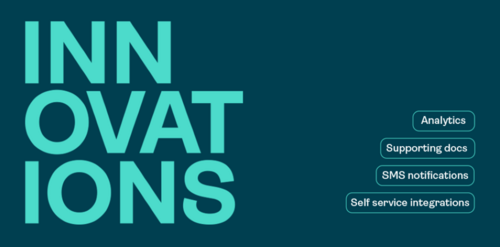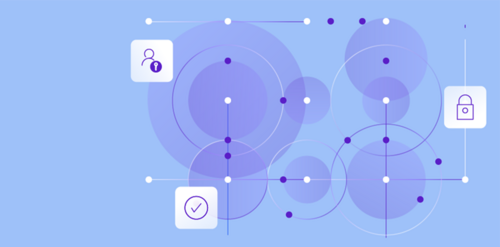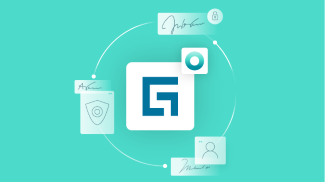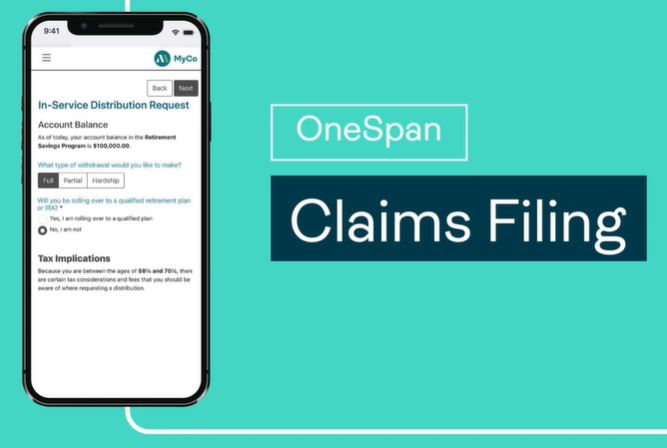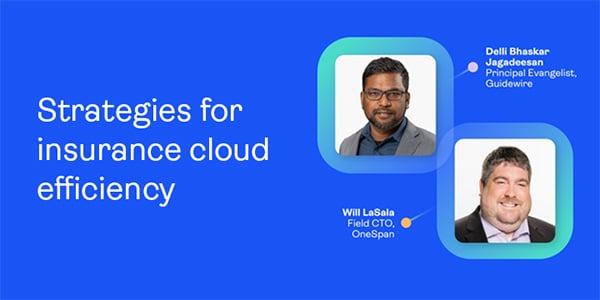Improving the claims experience through modernized insurance processes

As one of the largest and most price-sensitive insurance markets, P&C is prone to volatility, creating a lot of pressure to provide excellent customer support and service year over year. But with rising premiums and difficult claims processes, a growing number of customers are unhappy with their insurance carriers. This can lead to lower customer retention rates and puts up to $34 billion in annual premiums at risk.
To remedy this problem, many insurance companies are looking for ways to modernize their processes and improve their customers’ claims experience.
Challenges with the claims experience
Manual claims experiences are difficult for insurance carriers and customers alike. For customers, the process can be tedious and time consuming, with the speed it takes to settle a claim cited as the number one reason customers experience an unsatisfactory claims experience. Additionally, complex instructions in the claim process often result in a higher percentage of mistakes, frustration, and overall inefficiencies.
The challenges are not one-sided, as insurance carriers face similar issues in filing claims. For one P&C insurance carrier, a review of their claims process found that 35% of their PDF claims were considered not-in-good-order (NIGO), meaning customers’ data was inaccurate or incomplete. According to MIT Sloan, bad data can cost an organization as much as 15-25% of their total revenue.
Missing data is costly in other ways for the insurance industry, as claims adjustors often become manual data entry clerks to remedy NIGO documents. The P&C insurer mentioned above estimated that up to 50% of PDF claims were completed by a claims adjuster on behalf of the customer because the forms were too complex.
To provide customers and employees with a simpler, more streamlined claims process, insurance carriers have the opportunity to digitally transform their services in the cloud.
Make the claims experience a positive customer experience through digital transformation and the cloud
Insurance carriers that do not embrace technology risk falling behind in a very competitive industry. A survey from Gartner® found that “86% of insurance CIOs and technology executives plan to increase their investment in cloud platforms in 2025, and those transitions have already been underway.”1 In 2024, Guidewire, a top vendor for cloud solutions, had over 130 insurance suite customers migrate to the cloud.
This move provides carriers with a single platform for essential business activities, including policy administration, claims management, and billing. It ultimately streamlines processes, improves efficiencies, and raises customer satisfaction rates.
The benefits extend to the level of service that employees are able to provide customers. Erie Insurance, for example, names time gained as one of the key results of their digital transformation. The company shared that with freed-up time, employees are able to provide more empathetic claims service to customers — making a difference at a time when customers face difficult financial and emotional challenges. Erie Insurance’s human approach allows them to provide customers with the best experience possible.
Cloud integrations with OneSpan Smart Forms and eSignatures
As carriers move to the cloud, there are more ways to improve the claims experience for everyone involved. Integrating electronic signatures, for example, makes document signing quicker, easier, and more secure.
OneSpan Sign’s integration with Guidewire allows insurers to create eSignature workflows while facilitating compliance and security. Its ease of use accelerates business processes, simplifies the complexity of the workflow, and brings peace of mind to customers.
Insurance carriers can further digitize, streamline, and secure the form-filling process with OneSpan Smart Forms, increasing completion rates. Its data collection capabilities allow insurance carriers to leverage data already captured and stored in their database during the policy application, saving time now and in the future.
Additionally, it provides customers with a guided approach to filling out forms, ensuring appropriate questions are asked and the data captured is accurate. Not only does this create a better customer experience, but it also offers greater support to insurance agents, reducing NIGO forms and keeping them from manual data entry on customers’ behalf.
Cloud integrations like OneSpan Sign and OneSpan Smart Forms elevate insurance processes, such as claims filing, to provide a seamless, straightforward, and easy experience.
Five business cases for insurance claims modernization
Insurance carriers can build the case for modernization on the following business outcomes:
- 1. Improve data quality and reduce errors.
- 2. Eliminate manual steps and reduce time required for data entry.
- 3. Gain efficiencies with reusable content.
- 4. Reduce print and mailing costs.
- 5. Lower IT maintenance costs.
To determine anticipated return on investment, start by asking these questions:
- How much are you spending each year on printing and postage in order to mail claim forms?
- What is the average number of hours spent on manually working through forms with claimants each month? How much of a claims adjuster’s salary does that represent?
- What is the estimated number of forms/servicing requests processed each year?
- What is the percentage of NIGO data and documents each year?
- What is the average number of completed processes per month?
Then, use equations like this to see how much your company can save in each of these areas:
- (number of hours that claims adjusters spend fixing NIGO documents) x (reduction in time spent on manual entry of data to process claims) x (hourly pay rate for claims adjusters) = potential savings
For example, here is what this equation might look like for a P&C insurer expecting a 30% reduction in claims processing time:
- (100,000 hours on NIGO documents) x (30% time savings) x ($34/hour pay for claims adjusters) = $1,020,000 in potential savings
Digitizing claims processes can result in millions of dollars saved and a large reduction of manual hours spent on data entry and related tasks. Cost savings on paper use, postage, and other incidental materials needed to fix NIGO documents add to the potential cost savings of digitizing the claims process.
In addition to saving money and reducing manual hours, modernizing the claims process improves the customer experience. By freeing up time for employees to provide more empathetic claims service, just as Erie Insurance did, claims adjusters are better able to care for their customers, which can aid in retention and customer loyalty.
Update insurance processes with changing technologies
As technology continues to change, it’s important for organizations to change too. By transferring your insurance processes to the cloud, you can improve the claims experience for your customers, boost retention rates, gain efficiencies in your workflows, and save time and money.
1Gartner, 2025 CIO Agenda: Top Priorities and Technology Plans for Insurance, By Kimberly Harris-Ferrante, 13 September 2024.
GARTNER is a registered trademark and service mark of Gartner, Inc. and/or its affiliates in the U.S. and internationally and is used herein with permission. All rights reserved.
